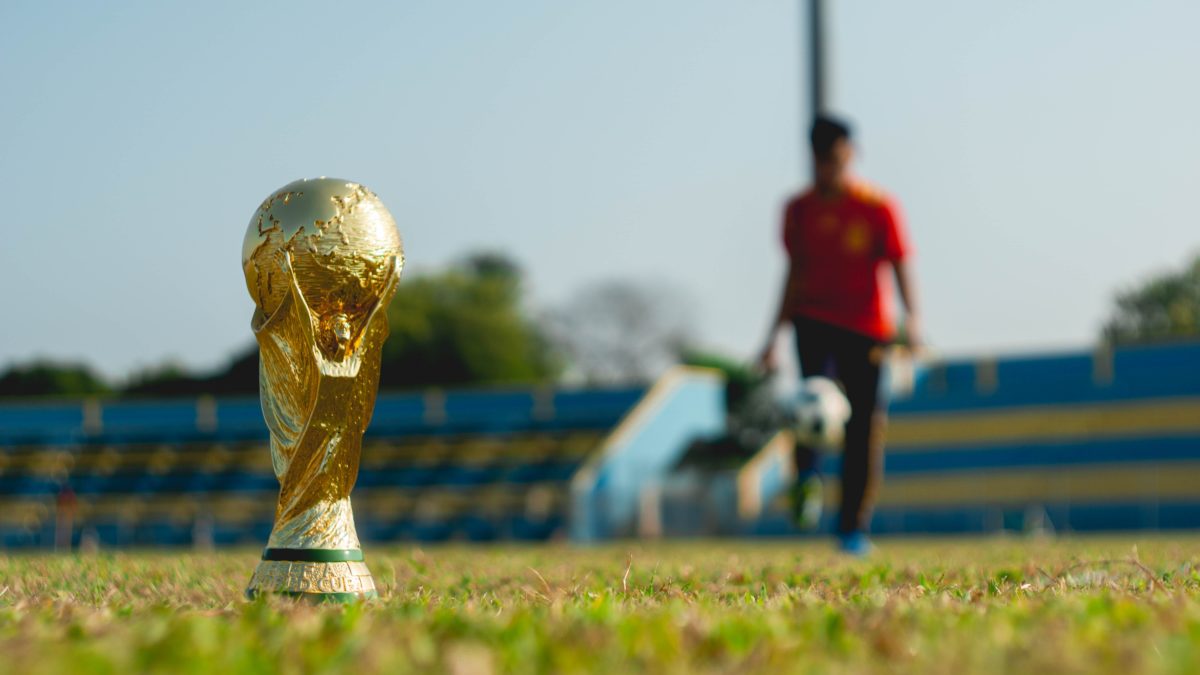Bigger, better, and broken


There was a great man who once said “Sport has the power to change the world. It has the power to inspire. It has the power to unite people in a way that little else does. It speaks to youth in a language they understand. Sport can create hope where once there was only despair.” I wonder what Nelson Mandela would have thought about events surrounding FIFA World Cup 2022 in Qatar.
On Sunday 18th December the FIFA World Cup 2022 will end. There has been as much debate about hosting issues as the stunning goals and performances on the pitch. No doubt the post-event report will claim a resounding success breaking all manner of records. Firstly, the tournament is predicted to generate $7.5 billion revenue for FIFA, an increase of $1 billion compared to the 2018 tournament.
Already a debate has begun about how to manage an increase from 32 to 48 teams for the group matches of the FIFA World Cup 2026 to be staged in the US, Canada, and Mexico. And presumably by then the predicted revenue will be closer to $10 billion. The last time the tournament was staged in the United States in 1994, there were 24 teams before expanding to 32 teams at FIFA World Cup 1998 in France. And every time a FIFA World Cup is staged it must be bigger and better than before. Why?
Primarily to support the 211 affiliated member associations who receive funding from the governing body of world football for football development programs. Of course, it is essential that national federations and grass roots clubs receive investment but simply expanding the biggest events or tournaments to keep feeding the system is not the only solution.
As we emerged from the covid lockdown I was reminded of the pleasure sport could bring. Outdoor sports such as golf and tennis were popular because they are played outside, and a safe distance could be maintained. Suddenly new members started signing up for lessons with a sport they had never played before. It was not related to the broadcasting of major tournaments but the opportunity to get some fresh air, socialize and have fun. New members at my local golf club are not so familiar with Rory McIlroy, The Masters, or Ryder Cup. They have enough difficulty learning the difference between a putter and driver. But they now come back each week for the basic pleasures sport can offer.
As I look ahead to sport in 2023 another topic for debate is the increasing cost of subscriptions for sports programmes. Live sport is one of the few items that drives subscribers to change networks. But with so many networks competing for sports content the market has become more fragmented. Pay per view and premium subscriptions behind the decoder will drive viewers away unless the quality justifies the fee. A great addition to my selection this year was the F1 TV Pro app for €7,95 per month with access to all F1 qualification, Grand Prix, interviews, and highlights on demand. Direct to consumer is an investment many sports organizers will have to offer to retain their fan base.
Build it and they will come has been common practice in the sports industry. Increasing the number of teams, players, duration of the event and prize money to attract the top stars has been part of the formula. Perhaps we have now reached a tipping point where size is not the key consideration. Human rights, accessibility, diversity, and equality are more important than simply generating revenue to distribute to the members of your federation. Nations or hosts of sporting events need to be considered based on inclusivity as opposed to exclusivity. Why bother to try and change regimes that do not embrace these values? Surely, sporting events should be awarded on the basis everyone is treated equally and welcome, no matter your race, beliefs, ability, or personal preferences.
Do we want bigger, better, and broken events or the true power of sport envisioned by Mr. Mandela?
Merry Christmas and Best Wishes for a Healthy and Prosperous 2023!